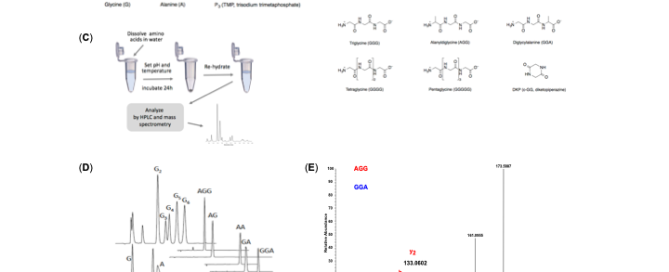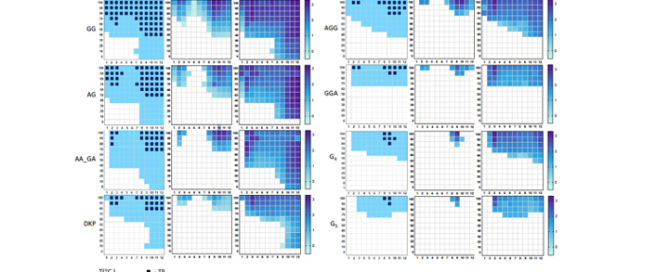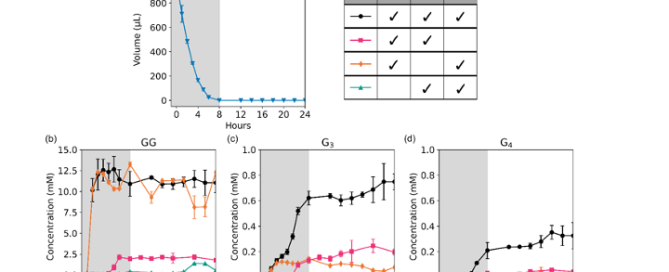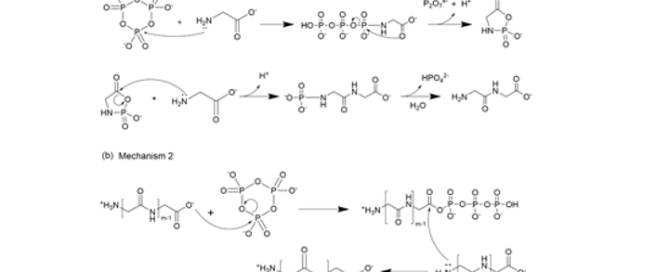How can we study the emergence of information in the lab?
Given binary digits (or ‘bits’) 0 and 1, we can encode our 26-letter alphabet, and its extensions, from infant babbling “ba-ba-ba,” to Hamlet’s contemplation on life or death. To encode our alphabet, let the 5-digit string 00000 map to the letter ”A,” let 00001 map to “B,” and 00010 map to ”C,” and so forth





